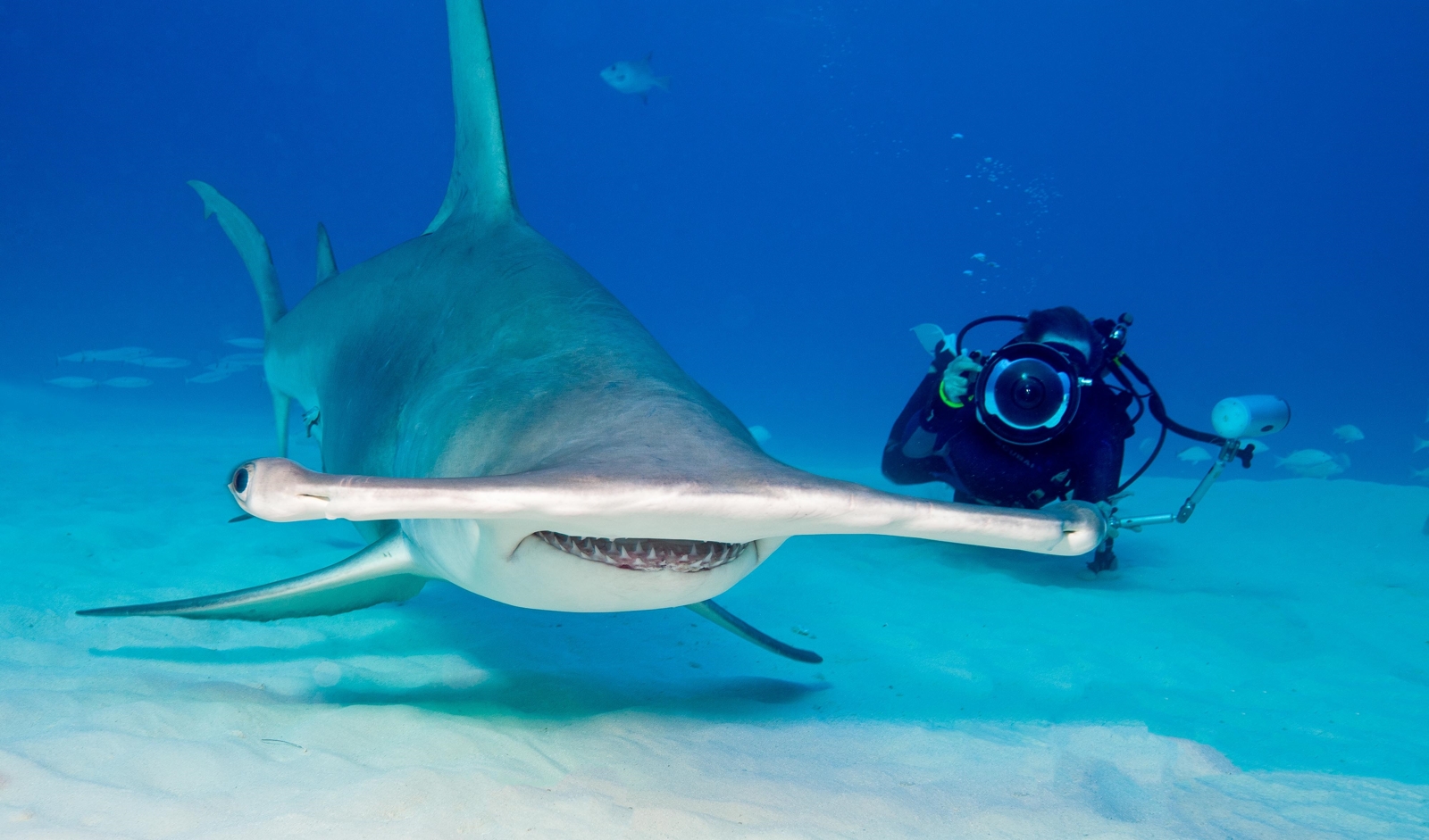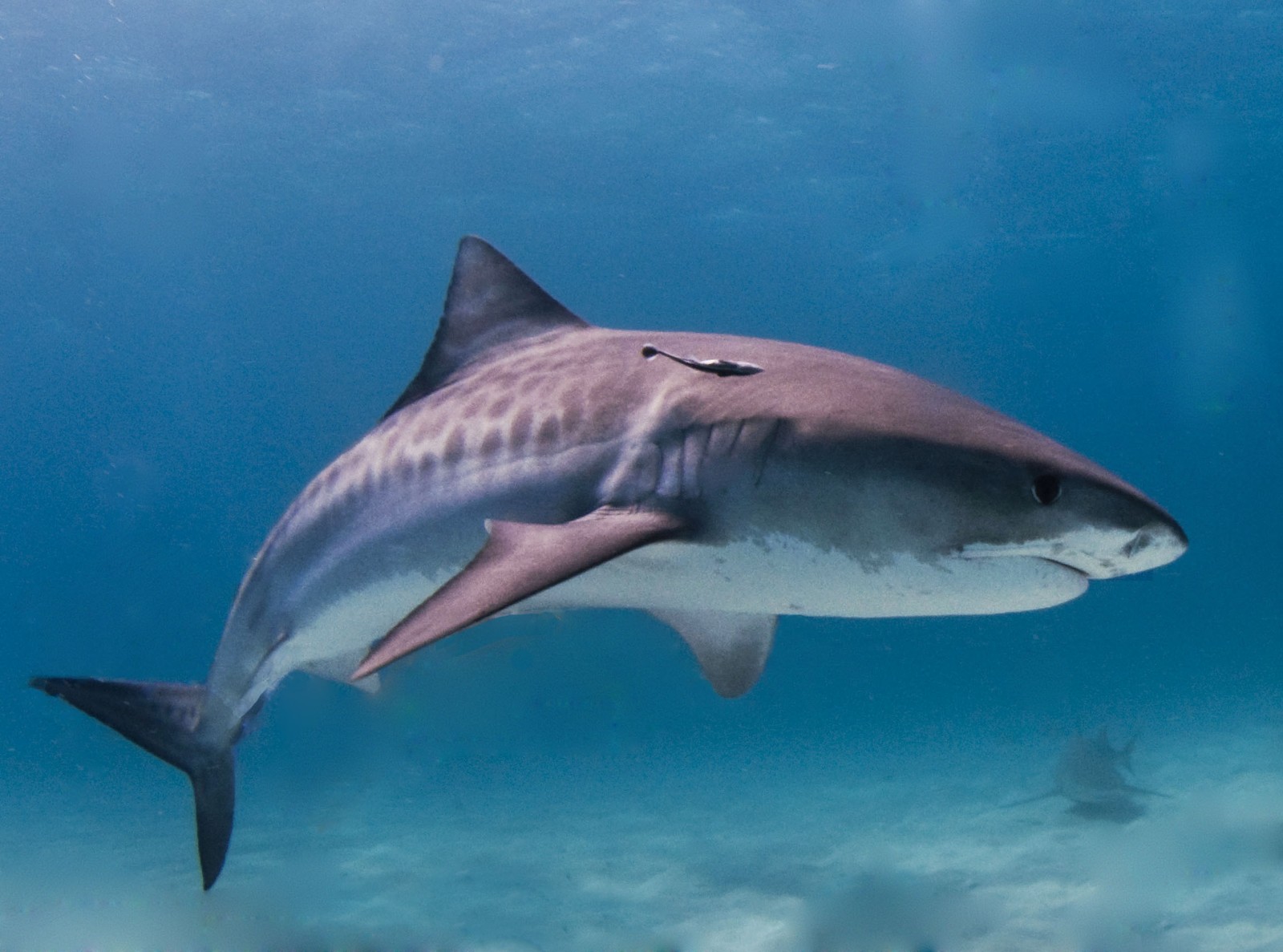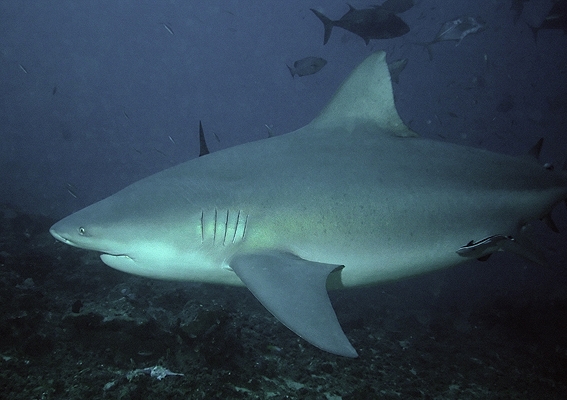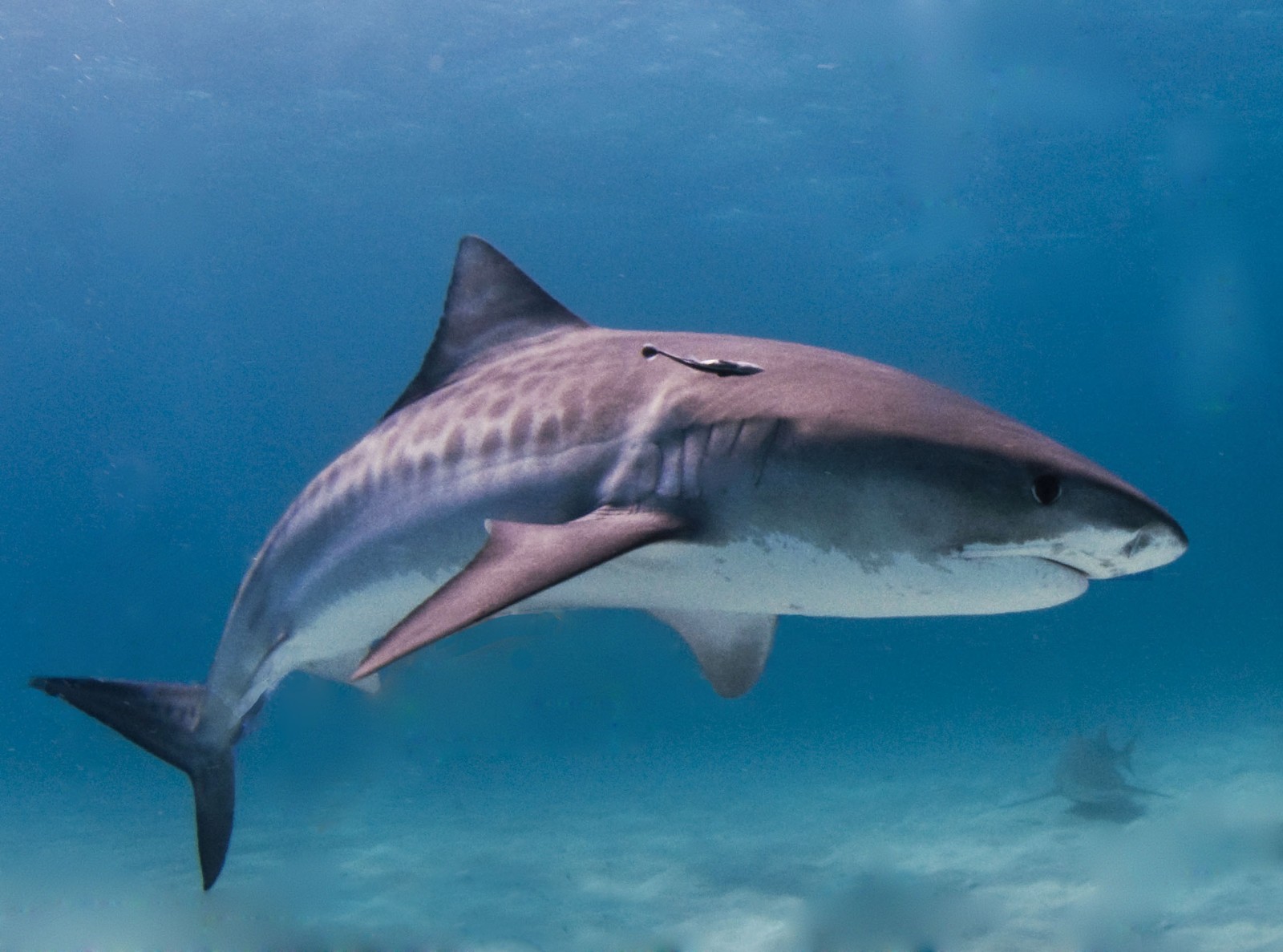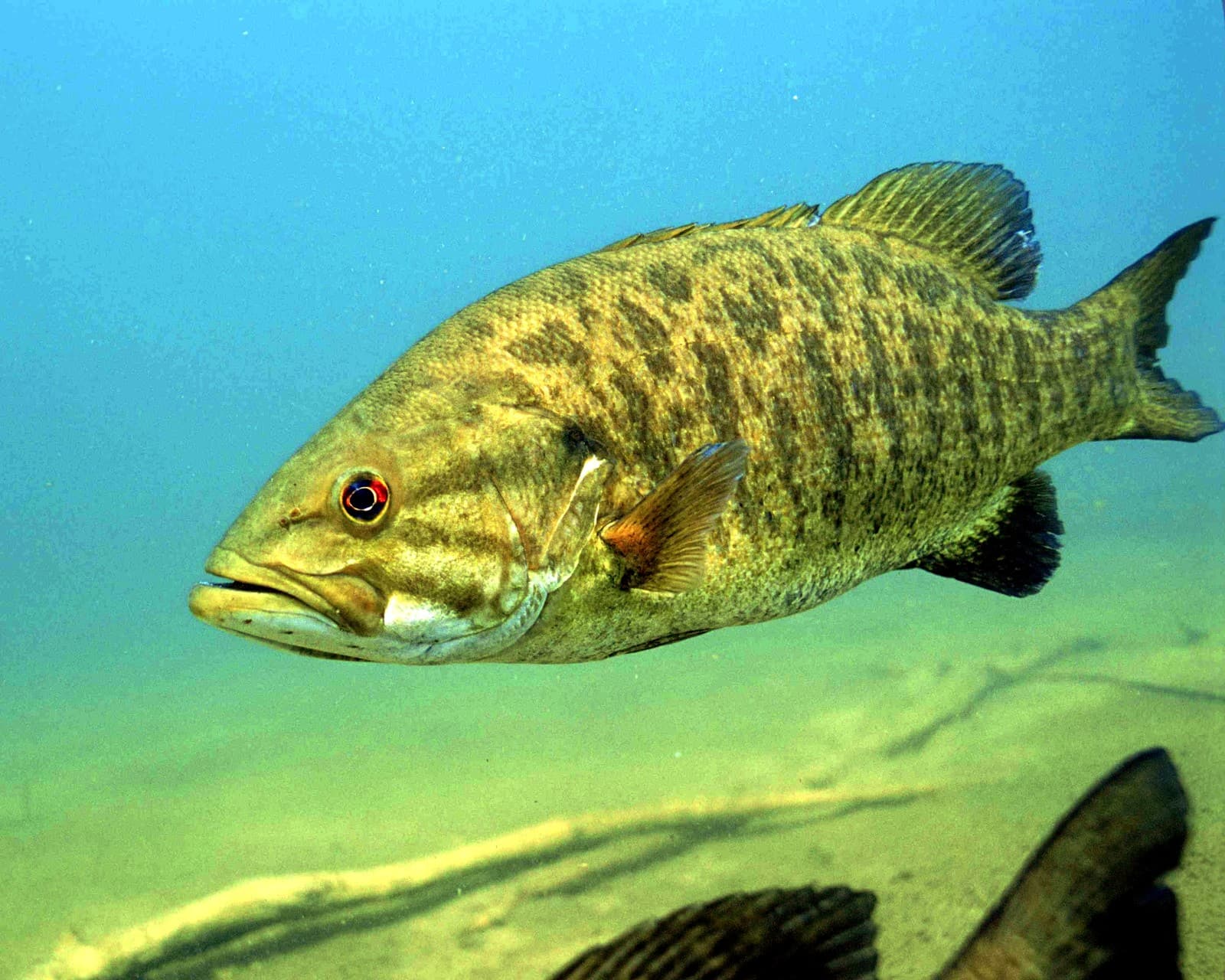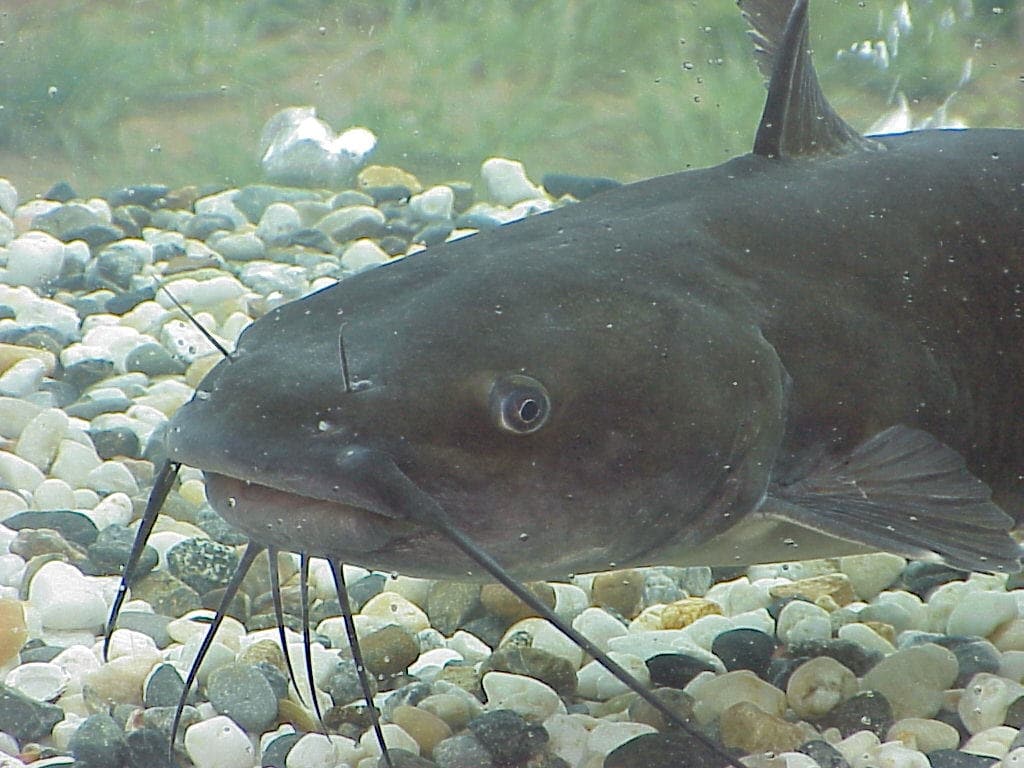Hammerhead Shark vs Bull Shark: A Complete Comparison
When comparing Hammerhead Shark vs Bull Shark, we encounter two of the ocean’s most remarkable predators, each with distinct adaptations that have evolved over millions of years. The Great Hammerhead Shark can reach lengths of 20 feet (6.1 meters) and weigh up to 1,000 pounds (454 kg), while Bull Sharks typically measure 11.5 feet (3.5 meters) and weigh up to 500 pounds (227 kg).
These apex predators differ dramatically in their hunting strategies and physical characteristics. Hammerhead Sharks utilize their distinctive cephalofoil (hammer-shaped head) for enhanced sensory capabilities, while Bull Sharks rely on their stocky build and powerful bite force of 1,350 pounds per square inch (PSI) to dominate their territory.
Physical Characteristics Comparison
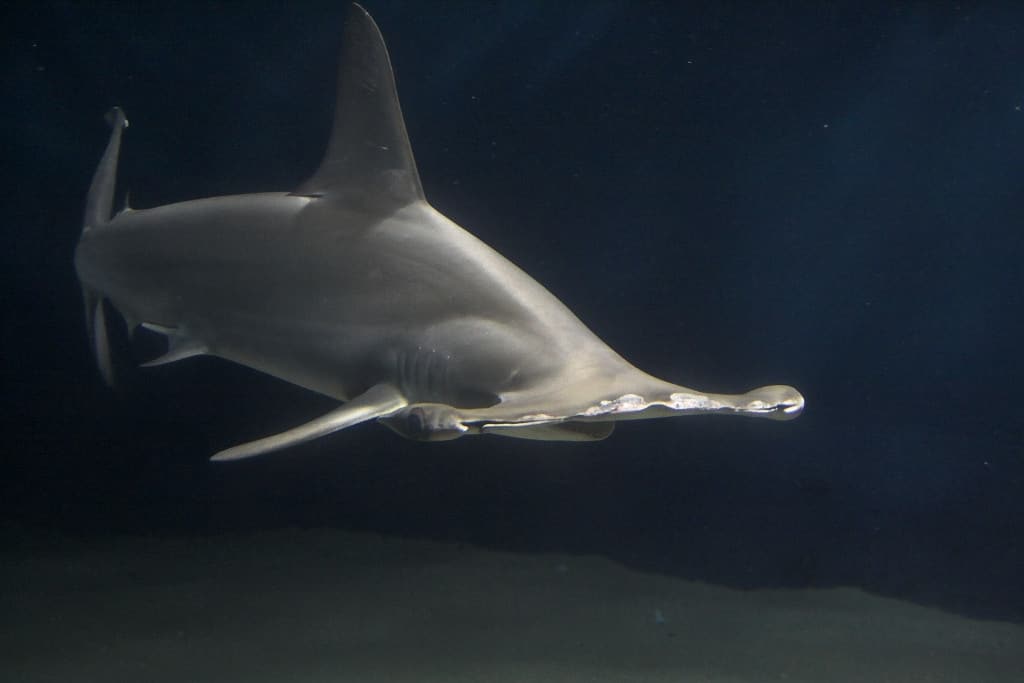
© suneko / CC BY 2.0
The Hammerhead Shark’s most distinctive feature, its cephalofoil, spans up to 50% of its body length in some species, providing enhanced electroreception capabilities for detecting prey hidden in seafloor sediments.
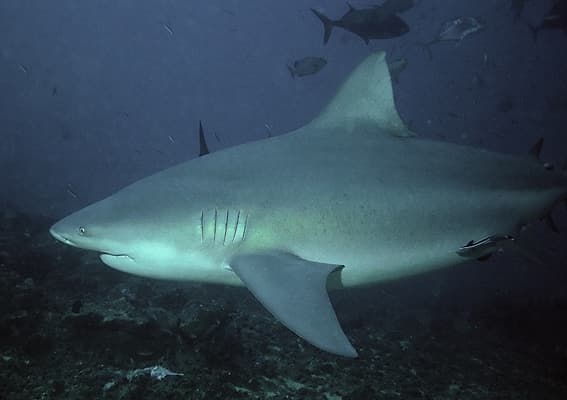
© Pterantula / CC BY 2.5
The Bull Shark exhibits a robust, muscular build with a characteristically blunt snout and small eyes, adaptations that make it perfectly suited for both coastal waters and freshwater environments.
Key Differences: Hammerhead Shark vs Bull Shark
| Feature | Hammerhead Shark | Bull Shark |
|---|---|---|
| Maximum Size | 20 feet (6.1 m) | 11.5 feet (3.5 m) |
| Weight | Up to 1,000 lbs (454 kg) | Up to 500 lbs (227 kg) |
| Habitat | Tropical and temperate oceans | Coastal waters, rivers, and freshwater |
| Head Shape | T-shaped cephalofoil | Blunt, rounded snout |
| Hunting Style | Enhanced sensory detection | Aggressive ambush predator |
| Diet | Primarily rays and fish | Opportunistic, including mammals |
Habitat and Distribution
Hammerhead Sharks primarily inhabit tropical and temperate ocean waters worldwide, typically staying within the upper 80 meters of the water column. In contrast, Bull Sharks demonstrate remarkable adaptability, being one of the few shark species capable of surviving in both saltwater and freshwater environments, sometimes traveling thousands of miles up rivers.
Hunting Behavior and Diet
The hunting strategies of these predators reflect their unique evolutionary adaptations. Hammerhead Sharks use their cephalofoil’s enhanced electroreceptors to detect stingrays buried in sand, their preferred prey. Their wide-set eyes also provide superior depth perception and a broader field of vision.
Bull Sharks employ a different approach, using their powerful jaws and stocky build to ambush prey in murky waters. Their diet is more varied, including fish, other sharks, rays, birds, dolphins, and terrestrial animals that venture into water.
Who Would Win in a Confrontation?
While both species are apex predators, a direct confrontation would likely favor the Bull Shark due to its more aggressive nature and powerful bite force. However, such encounters are rare in nature as these species typically avoid each other and occupy different ecological niches.
Conservation Status and Threats
Both species face significant challenges from human activities:
- Overfishing for fins and meat
- Habitat degradation
- Climate change impacts
- Bycatch in commercial fishing operations
The Great Hammerhead is currently listed as Critically Endangered, while the Bull Shark is classified as Near Threatened on the IUCN Red List.
Interaction with Humans
Bull Sharks are considered more dangerous to humans due to their tendency to inhabit shallow coastal waters and their aggressive nature. They rank third in confirmed unprovoked attacks on humans. Hammerhead Sharks, despite their imposing appearance, rarely interact with humans and have been involved in very few incidents.
Understanding these magnificent predators helps appreciate their crucial role in marine ecosystems and the importance of their conservation for maintaining healthy oceans.
